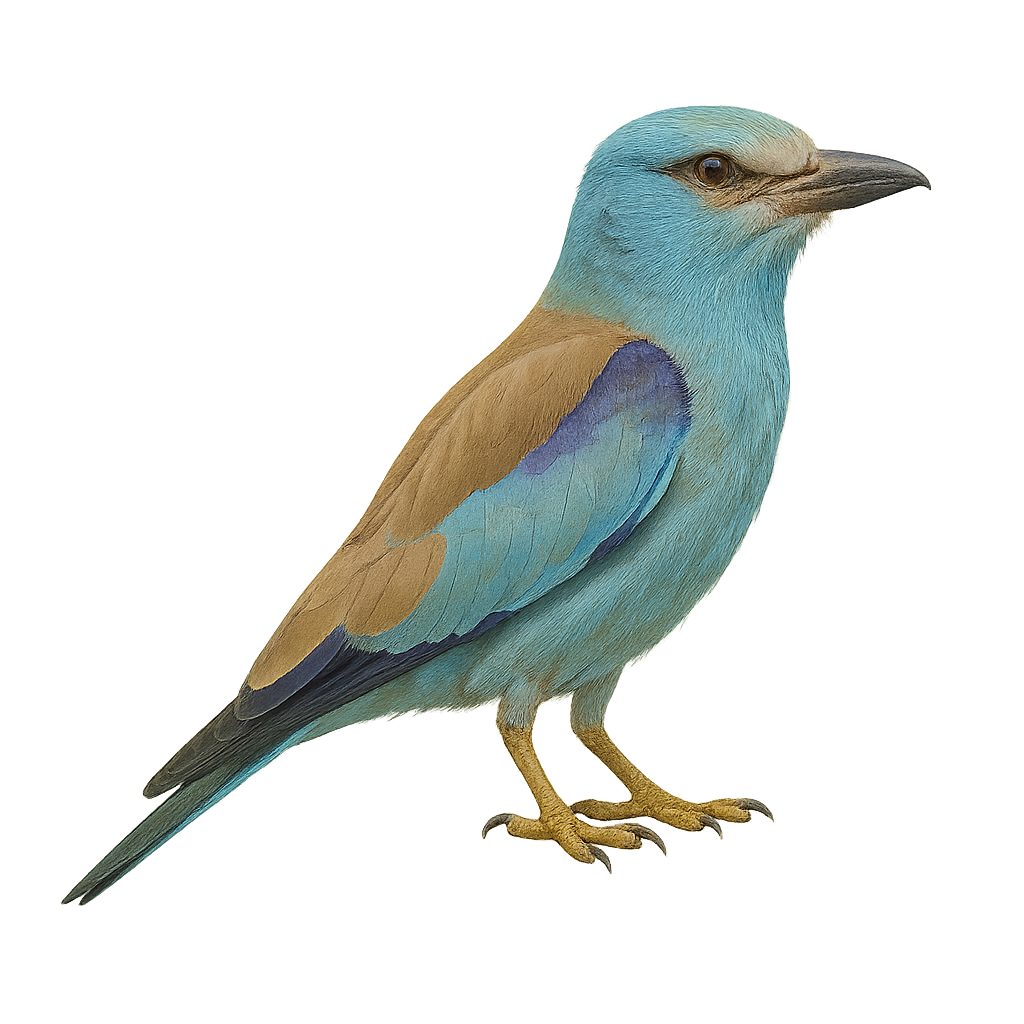Your wildlife photography guide.
Explore the european roller in detail, study its behavior, prepare your shots.
Where to observe and photograph the european roller in the wild
Learn where and when to spot the european roller in the wild, how to identify the species based on distinctive features, and what natural environments it inhabits. The WildlifePhotographer app offers tailored photography tips that reflect the european roller’s behavior, helping you capture better wildlife images. Explore the full species profile for key information including description, habitat, active periods, and approach techniques.
uropean Roller
Scientific name: Coracias garrulus

IUCN Status: Least Concern
Family: CORACIDIIDAE
Group: Birds
Sensitivity to human approach: Suspicious
Minimum approach distance: 20 m
Courtship display: May to June
Incubation: 17-20 jours
Hatchings: June to July
Habitat:
Forests, woodlands, and savannas
Activity period :
Primarily active during the day, with peak activity in the morning and late afternoon.
Identification and description:
The European Roller is a colorful bird primarily found in open forests, meadows, and agricultural lands across Europe, particularly in Spain, France, Italy, and Turkey. It measures about 30 to 32 cm in length, with a wingspan of 50 to 60 cm, and weighs between 100 and 150 g. Its plumage is especially vibrant, with colors ranging from bright blue to green and brown, and it has a strong, slightly curved beak. The European Roller primarily feeds on flying insects, such as dragonflies, flies, and grasshoppers, which it catches in flight. It is known for its stunning acrobatic flights and its habit of perching on elevated spots, such as tree branches or utility poles. While its
Recommended lens:
400 mm – adjust based on distance, desired framing (portrait or habitat), and approach conditions.
Photography tips:
Use a telephoto lens to photograph from a distance, respecting the discreet nature of the species.
Photograph early in the morning or late in the afternoon, when the soft light highlights the vibrant plumage of the European Roller.
Look for it in open habitats such as orchards, clear woods, grassy wastelands, and semi-open areas with trees offering cavities for nesting.
Be patient and discreet to avoid disturbing its natural behavior. Avoid abrupt movements and maintain silence.
The European Roller is a protected species in many regions due to the loss of its natural habitat. It is essential to respect its environment and minimize disturbances, especially during the breeding season.
The WildlifePhotographer App is coming soon!
Be the first to explore the best nature spots, track rutting seasons, log your observations, and observe more wildlife.
Already 1 439 wildlife lovers subscribed worldwide

